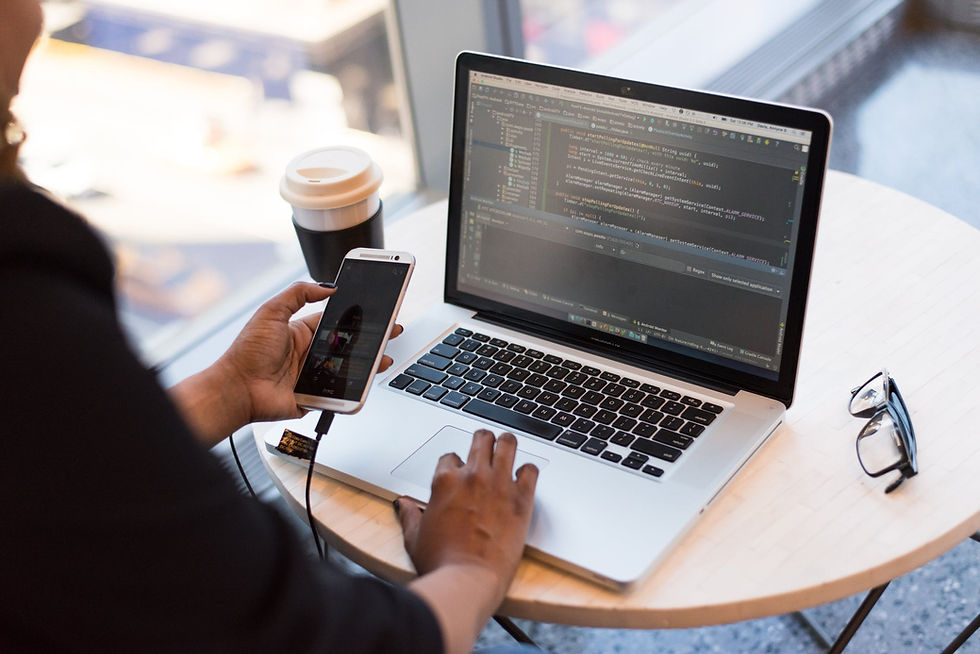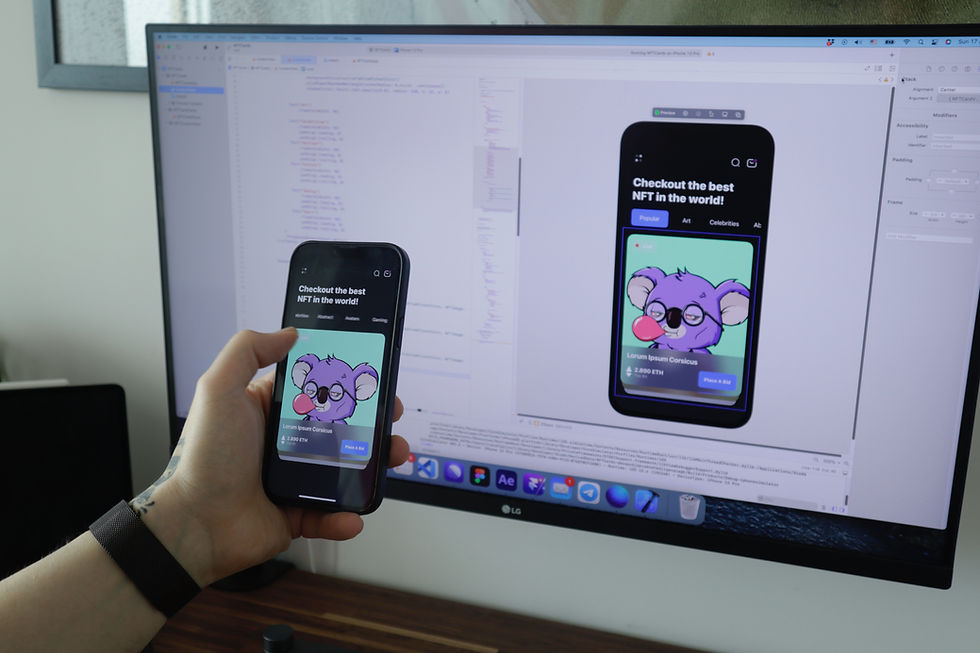Building Memory Efficient Flutter Apps
- Jun 3, 2023
- 2 min read

In today's mobile app development landscape, memory efficiency plays a crucial role in delivering a smooth and responsive user experience. Flutter, Google's open-source UI toolkit, allows developers to create cross-platform apps with a rich set of features. However, as apps grow in complexity and data handling requirements, it becomes essential to optimize memory usage.
In this blog, we will explore some strategies and techniques to write memory efficient code in Flutter apps, ensuring optimal performance and user satisfaction.
1. Use Stateless Widgets
In Flutter, widgets are the building blocks of the UI. To conserve memory, prefer using StatelessWidget over StatefulWidget wherever possible. Stateless widgets are immutable and do not maintain any internal state. They consume less memory and are ideal for UI components that do not require frequent updates or interaction.
Example:
class MyWidget extends StatelessWidget {
final String data;
const MyWidget(this.data);
@override
Widget build(BuildContext context) {
return Text(data);
}
}
2. Dispose of Resources
When using resources like databases, network connections, or streams, it's crucial to release them properly to avoid memory leaks. Use the dispose() method provided by various Flutter classes to release resources when they are no longer needed. For example, in a StatefulWidget, override the dispose() method to clean up resources.
Example:
class MyStatefulPage extends StatefulWidget {
@override
_MyStatefulPageState createState() => _MyStatefulPageState();
}
class _MyStatefulPageState extends State<MyStatefulPage> {
DatabaseConnection _connection;
@override
void initState() {
super.initState();
_connection = DatabaseConnection();
}
@override
void dispose() {
_connection.close();
super.dispose();
}
// Rest of the widget code...
}
3. Use Efficient Data Structures
Choosing the right data structures can significantly impact memory consumption. Flutter provides various collections such as List, Set, and Map. However, be mindful of the memory requirements when dealing with large datasets. Consider using specialized collections like SplayTreeSet or LinkedHashMap that provide efficient look-up or iteration operations.
Example:
import 'dart:collection';
void main() {
var orderedSet = SplayTreeSet<String>();
orderedSet.addAll(['Apple', 'Banana', 'Orange']);
var linkedMap = LinkedHashMap<String, int>();
linkedMap['Alice'] = 25;
linkedMap['Bob'] = 30;
linkedMap['Charlie'] = 35;
}
4. Optimize Image Usage
Images often consume a significant portion of memory in mobile apps. To reduce memory usage, consider optimizing and compressing images before using them in your Flutter app. Tools like flutter_image_compress can help reduce the image size without compromising quality. Additionally, leverage techniques like lazy loading and caching to load images only when necessary.
Example:
import 'package:flutter_image_compress/flutter_image_compress.dart';
Future<void> compressImage() async {
var compressedImage = await FlutterImageCompress.compressWithFile(
'original.jpg',
quality: 85,
);
// Store or display the compressed image.
}
5. Use ListView.builder for Large Lists
When displaying large lists, prefer using ListView.builder instead of ListView to optimize memory usage. ListView.builder lazily creates and recycles widgets as they come into and go out of view. This approach avoids creating all the widgets upfront, conserving memory and improving performance.
Example:
ListView.builder(
itemCount: 1000,
itemBuilder: (context, index) {
return ListTile(
title: Text('Item $index'),
);
},
);
Conclusion
Writing memory efficient code is crucial for creating high-performance Flutter apps. By using stateless widgets, disposing of resources properly, leveraging efficient data structures, optimizing image usage, and utilizing ListView.builder, you can significantly reduce memory consumption and enhance the overall user experience. By adopting these practices, you'll be well on your way to building robust and efficient Flutter applications.
Remember, optimizing memory usage is an ongoing process, and profiling your app's memory consumption using tools like the Flutter DevTools can provide valuable insights for further improvements.
Happy coding!



Comments